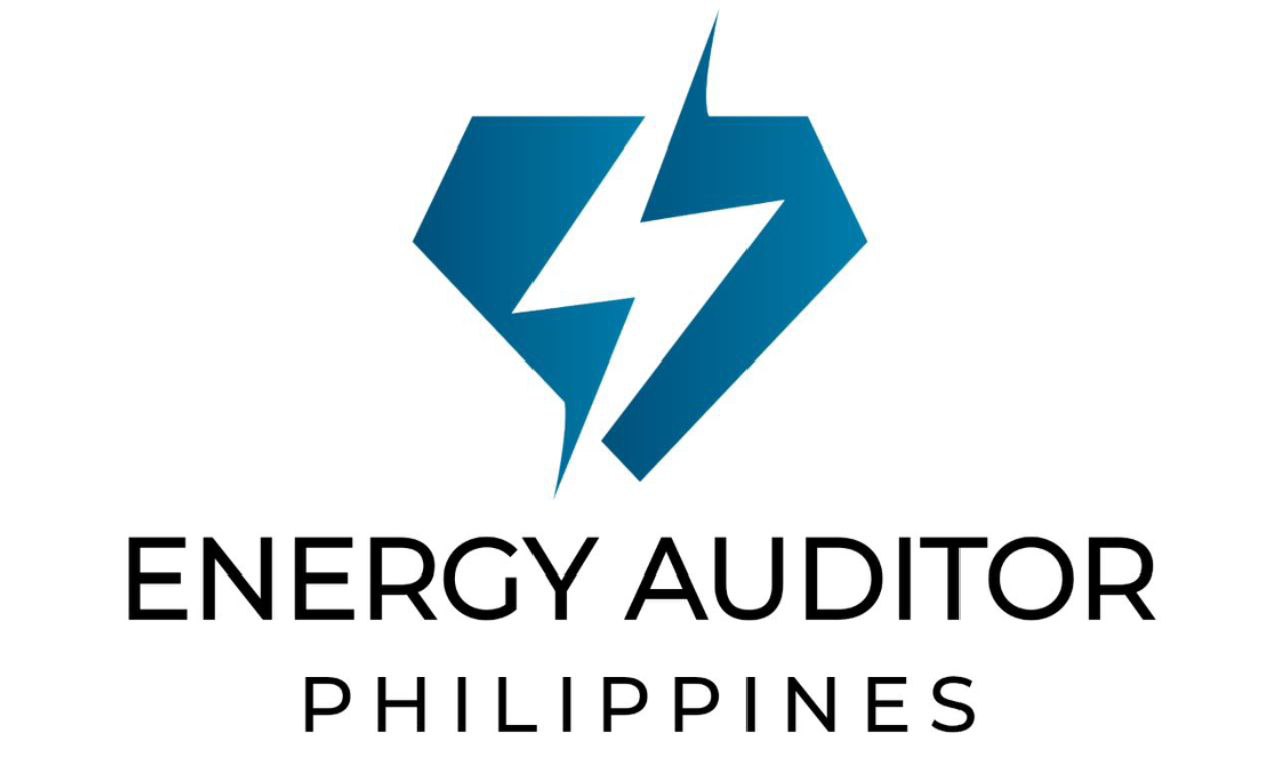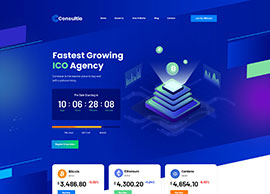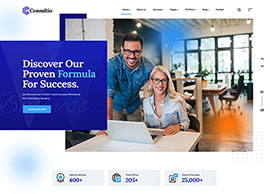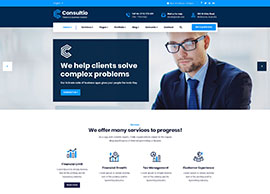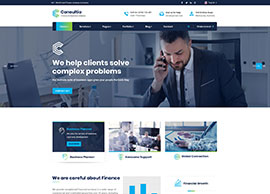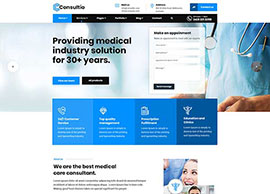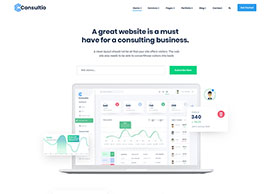Energy audits are a cornerstone of compliance with Republic Act No. 11285 (RA11285), or the Energy Efficiency and Conservation Act, for Designated Establishments (DEs). These audits, required every three years, are not just regulatory obligations but valuable tools for businesses to uncover inefficiencies, reduce costs, and achieve sustainability goals.
This guide explains the importance of energy audits, the types required, and how businesses can conduct them effectively.
Why Are Energy Audits Necessary?
Energy audits are essential for both compliance and operational improvement. Here’s why they matter:
- Regulatory Compliance
RA11285 mandates periodic energy audits to ensure DEs adhere to energy efficiency standards. Failure to comply can lead to penalties. - Improved Energy Efficiency
Audits identify energy wastage, enabling businesses to adopt measures that improve efficiency and reduce costs. - Data-Driven Decisions
Energy audits provide actionable insights into energy usage patterns, guiding investments in energy-saving technologies. - Environmental Impact
By reducing energy consumption, audits help businesses minimize their carbon footprint and contribute to sustainability goals.
Types of Energy Audits
RA11285 specifies two main levels of energy audits, depending on the typology of the establishment and its previous compliance:
- Level 1 Energy Audit (Preliminary Audit)
- Focuses on identifying major energy-saving opportunities.
- Involves a walk-through assessment of energy systems and equipment.
- Suitable for new DEs or those with low energy consumption.
- Level 2 Energy Audit (Detailed Audit)
- Offers a comprehensive analysis of energy consumption.
- Includes data collection, measurement, and analysis of energy flows.
- Recommends technical, operational, and behavioral improvements.
- Required for higher-typology DEs or establishments that have already completed a Level 1 audit.
Step-by-Step Guide to Conducting Energy Audits
- Preparation
- Engage Certified Energy Practitioners (CEA): Hire a Certified Energy Auditor to ensure compliance and accuracy.
- Gather Data: Collect historical energy consumption data, utility bills, and details of energy-intensive equipment.
- On-Site Assessment
- Inspect facilities to identify significant energy use (SEU) areas, such as HVAC systems, lighting, and industrial processes.
- Record observations on equipment efficiency, operating schedules, and maintenance practices.
- Energy Measurements
- Use monitoring tools to measure energy consumption and identify peak usage periods.
- Assess the performance of energy systems relative to benchmarks.
- Data Analysis
- Analyze collected data to identify inefficiencies and potential savings.
- Evaluate the cost-benefit ratio of recommended improvements, such as equipment upgrades or operational changes.
- Audit Report Preparation
- Compile findings into a comprehensive report, including:
- Summary of current energy performance.
- Recommended energy-saving measures.
- Estimated savings and return on investment (ROI).
- Submit the report through the DOE’s DE Online Submission Portal.
- Compile findings into a comprehensive report, including:
- Implementation and Monitoring
- Implement the recommended measures, prioritizing high-impact changes.
- Continuously monitor energy performance to track improvements and adjust strategies as needed.
Benefits of Energy Audits
- Cost Savings
Identifying and addressing inefficiencies can significantly reduce energy bills. Businesses often achieve ROI within a short period by implementing audit recommendations. - Regulatory Compliance
Timely audits ensure compliance with RA11285, avoiding penalties and enhancing the establishment’s standing with regulatory authorities. - Enhanced Productivity
Improved energy efficiency can lead to better equipment performance and reduced downtime, boosting overall productivity. - Sustainability Leadership
By reducing energy consumption and emissions, businesses can strengthen their reputation as environmentally responsible organizations.
Common Challenges and How to Overcome Them
- High Initial Costs
- Solution: Leverage government incentives or financing programs for energy-efficient technologies.
- Lack of Expertise
- Solution: Engage certified energy practitioners or provide training for in-house staff.
- Resistance to Change
- Solution: Educate stakeholders on the long-term benefits of energy efficiency to gain buy-in.
Energy audits are not merely a compliance exercise—they are a strategic opportunity for businesses to optimize operations, reduce costs, and contribute to a sustainable future. By following the steps outlined in this guide and engaging qualified professionals, businesses can turn energy audits into a transformative process that drives efficiency and profitability.
Ready to conduct your next energy audit? Start by assembling your team, gathering your data, and taking a proactive step toward compliance and sustainability.



